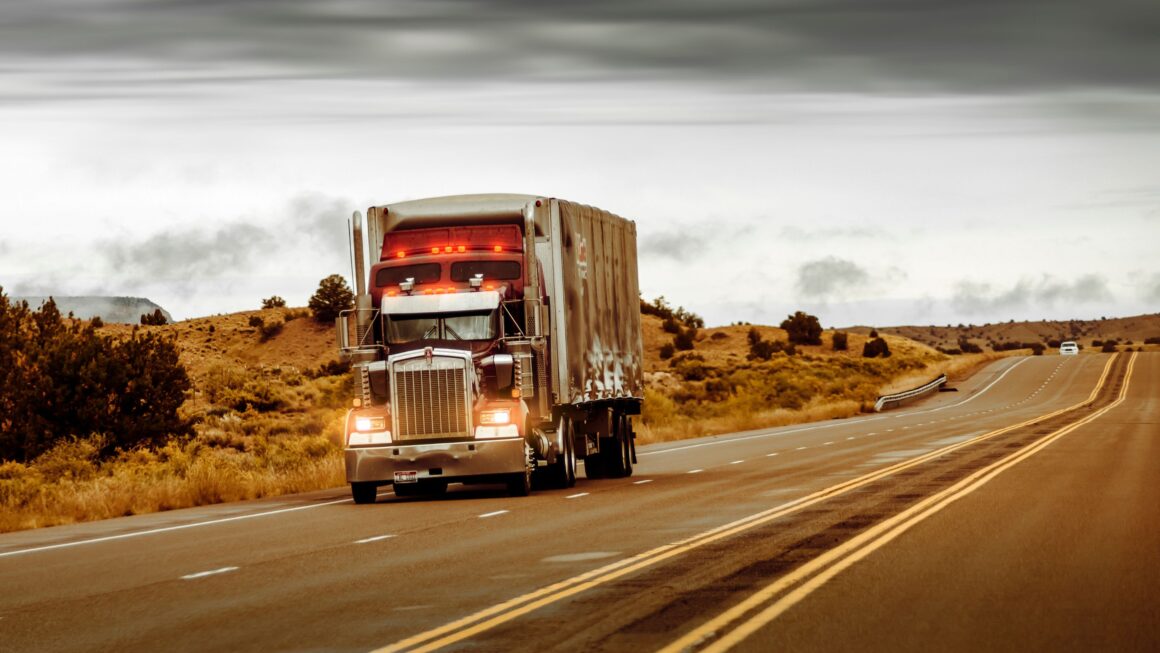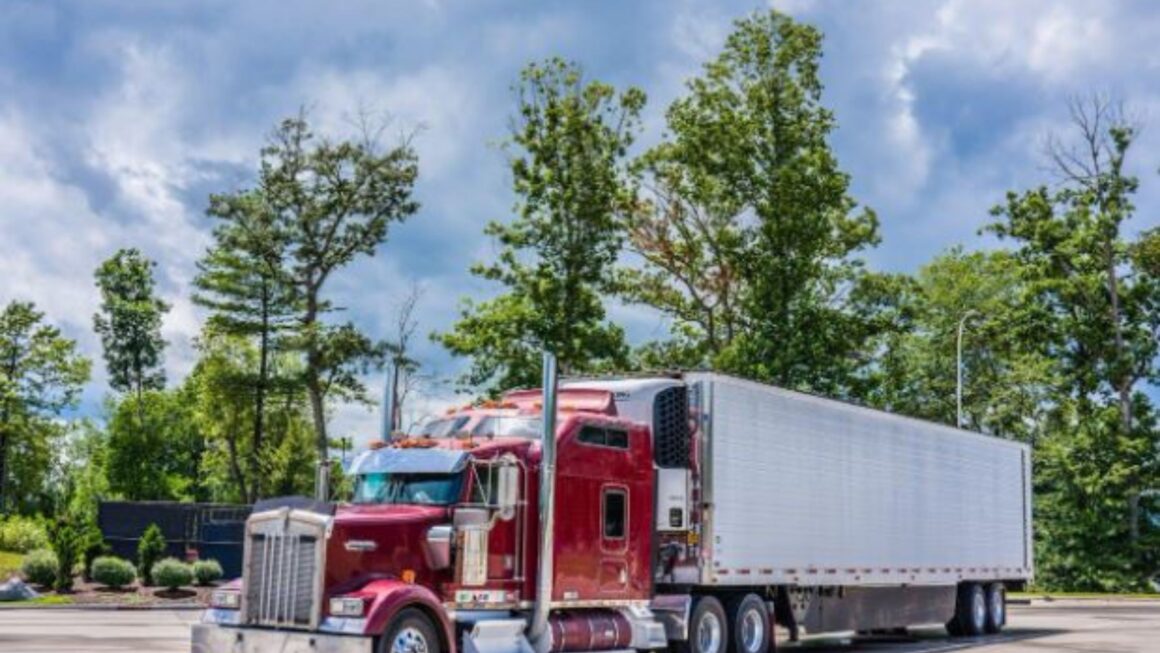Choosing between local and OTR (over-the-road) owner-operator work is one of the most consequential decisions a driver-entrepreneur will make. It affects not only take-home pay, but also how much time you spend with family, how often you maintain the truck, and the long-term sustainability of your business. Below I break down what each path really looks like—income, costs, daily life, and who each option suits best—so you can decide which fits your goals.
What each path actually is
Local owner-operators usually handle shorter, more familiar routes—everything from same-day deliveries across town to last-mile drop-offs, construction hauling, or quick shuttle runs between facilities. It’s the kind of work where you know the roads, know the rhythm, and you’re almost always back home by dinner. Most shifts are predictable, and the day often involves several stops, staging, or light business storage needs as you pick up and drop off loads around the city.
OTR owner-operators, on the other hand, live a very different rhythm. These are the drivers running long-distance freight across states or even cross-country. Trips can last anywhere from a few days to a few weeks, depending on the lane. Freight varies—reefer, dry van, flatbed—and contracts can come from big national carriers or seasonal demand spikes. OTR work is really about maximizing miles and load revenue, while local work leans more toward stability and consistent home time.
And if you’re specifically looking for local owner operator jobs, you’ll notice a theme: most listings highlight being home daily, having steady shifts, and keeping routes close to home. They’re designed for drivers who want to balance good income with a lifestyle that doesn’t pull them away for long stretches.
Pros and cons — at a glance
Local work advantages:
- Home every night or most nights.
- Predictable schedule and routes.
- Lower deadhead miles and fuel spend.
- Less wear on drivetrain from long continuous miles.
- Easier family life and better access to regular maintenance shops.
Local work drawbacks:
- Lower pay per mile than OTR.
- Often more physical labor—loading/unloading, tight urban maneuvering.
- Fewer mileage bonuses; pay can be route or stop-based.
OTR advantages:
- Higher gross revenue potential—longer hauls, higher per-mile rates, and access to more lucrative lanes.
- Consistent work availability on major corridors.
- Possibility to scale faster if you reinvest earnings into equipment or hire drivers.
OTR drawbacks:
- Long stretches away from home; lifestyle strain.
- Higher fuel, tire, and maintenance costs.
- Greater risk of irregular sleep and fatigue.
- More complex trip planning and higher exposure to market volatility.
Income: gross vs. net
Gross earnings for OTR owner-operators can be substantially higher because of miles driven and premium lanes. However, the real story is net income after operating expenses. OTR drivers typically burn more diesel, replace tires more often, and accumulate higher maintenance bills. Insurance costs may also be higher for long-haul operations.
Local operators, meanwhile, have lower variable costs: less deadhead, shorter routes, and the ability to service trucks locally at competitive shops. They may earn less per mile, but their lower overhead often narrows the net-income gap. In many regions, a well-run local one-truck business can match or even surpass a poorly managed OTR operation on net profit.
Key variables that move the needle: freight type (reefer vs. dry van), contract structure (percentage split vs. per-mile), fuel efficiency of your truck, and your ability to minimize empty miles. The smart owner-operator models both sides before signing any contract.

Lifestyle: what day-to-day actually feels like
Local life means evenings at home, scheduled routines, and the ability to handle family obligations. You’ll deal with urban traffic, strict delivery windows, and often more loading/unloading. The day is active and punctuated by stops—good for those who don’t want long sedentary stretches.
OTR life is more solitary and cyclic. Weeks on the road bring more time to sleep, eat, and rest in the truck between loads, but also more isolation. Your schedule is dominated by hours-of-service rules, waiting at docks, and planning for fuel and repairs in unfamiliar towns. If you value seeing your family nightly, local work wins. If you prioritize maximizing revenue and don’t mind extended absences, OTR can be the better fit.
Health, safety, and burnout
Both paths have health risks: local drivers face stress from stop-and-go driving, tight schedules, and more physical labor; OTR drivers face extended sedentary time, irregular sleep, and isolation. Neither is inherently safer—both require proactive habits: regular exercise, sleep discipline, proper ergonomics, and sensible scheduling. If mental health and community are priorities, local routes usually offer a healthier balance.
Which is better for new owner-operators?
For newcomers, starting local often reduces financial risk. You can build steady revenue, learn maintenance schedules, and keep personal life stable while you understand the true cost of running a truck. Local work also gives you a chance to build relationships with local shippers and contractors, which can become profitable long-term contracts.
OTR may be tempting for fast growth, but it carries higher upfront and ongoing costs that can strain a newbie’s cash flow—especially if you underestimate maintenance or empty miles. If you’ve got solid experience, a reliable truck, and access to capital, OTR is attractive. If you’re bootstrapping or need consistent home time, local is safer.
Hybrid and middle-ground options
You don’t have to pick extremes. Regional or dedicated lanes offer a middle path: multi-day runs with scheduled home time every few days. Dedicated contracts with predictable lanes combine better pay per mile with route predictability. Some drivers split the year—busier OTR season when demand and rates spike, local work during off months. These hybrids offer flexibility while reducing the downsides of a single approach.
Practical decision checklist
Before you switch or commit, consider:
- Your monthly income target and how expenses will eat into it.
- Desired home time and family commitments.
- Truck condition and maintenance budget.
- Local market demand for short-haul work.
- Your tolerance for solitude and irregular schedules.
- Insurance, permitting, and contract terms.

Final thought
There’s no single “better” choice—only the one that aligns with your priorities. If steady home life, lower operating cost, and predictability matter most, local owner-operator work is the smarter play. If you’re chasing higher gross earnings and can manage the lifestyle tradeoffs, OTR can be lucrative. Many drivers find a hybrid strategy or a phased approach (start local, scale to regional/OTR) gives the best balance of income and lifestyle over a trucker’s career.
Whichever path you choose, treat your truck like a business asset: track every expense, optimize routes, and plan maintenance proactively. That discipline is what turns either local or OTR driving into a sustainable, profitable owner-operator business.



